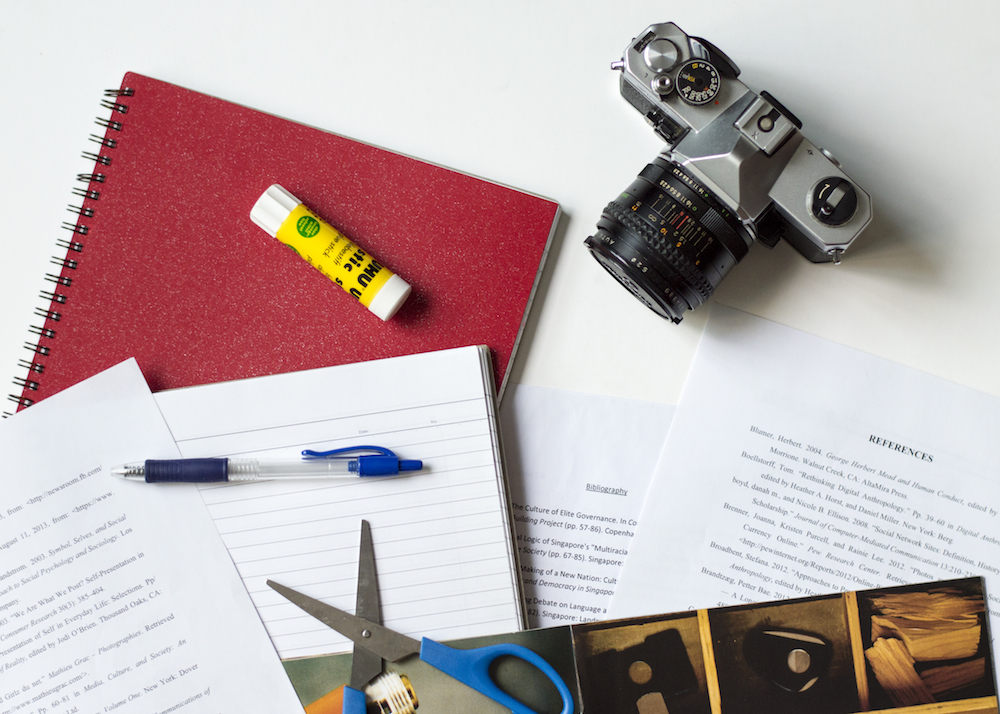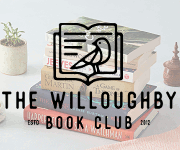
Most of us do know better than to plagiarize. We don’t take the work of others and pass it off as our own. That’s stealing. Plagiarism is unethical and entirely unfair to content producers. To protect against accusations of plagiarism, most bloggers make sure to cite their sources. That’s a good practice to adopt. However, a lot of people don’t seem to realise that citing wrong sources can be considered plagiarism!
As Good as not Citing
When it comes to images, it’s not always possible to post our own, so embedding images from others often is a handy solution. Thing is, citing Favim, Google, We Heart It and the likes is a complete waste of time. These aren’t legitimate sources that point to those who produced the images.
Take Google, for instance. Google is a search engine that is supposed to lead us to the sources. This means downloading an image for blogging purposes, then linking to the search result constitutes a wrong citation. Stopping at Google is not enough. In order to cite correctly, clicking on the search result is important. Even then, the one distributing the found image might not even be the originator. In that case, citing the distributor as the creator constitutes wrong citation as well.
Citing Isn’t Always Sufficient
Just because an image is properly cited, doesn’t mean that it’s free from plagiarism. In order to use somebody else’s work, you need express permission. Usually quoting a couple of sentences from books isn’t a problem. On the other hand, using an image isn’t. A few sentences from a book make up a tiny fraction of the entire work. Using an image means using it in its entirety. In order to do that, permission is necessary.
In order to embed an image on a blog, an image needs to either be licensed under Creative Commons or be labelled “free for use”. Note that the type of Creative Commons license applied also determines if only sharing is allowed or if modifications are permitted. Otherwise, seeking permission from the creator also ensures that no plagiarism will be committed.
Automatic Copyright
Generally, any piece of writing or image automatically falls under copyright. There are exceptions but by and large, I rather assume that all content is copyright protected until I’m proven otherwise. The finer details of copyright laws vary from country to country but overall the principles of upholding the creators’ rights stand.
Whenever I’m unsure of the copyright status of an image, I refrain from using it and search for alternatives instead. Personally though, I’ve found that taking my own photos is the safest approach because then I need not worry about ascertaining copyright statuses and proper citations.
Produce Own Content
Like I said, the best way to know our sources is to produce our own content. Nowadays smartphones sport cameras that take more than decent photos. Anyone who is equipped with such a smartphone or any form of digital camera is in the position to take their own photos for their blogs. Not everyone will shoot stellar photos at first but with practice, relying on others for images no longer becomes an issue.
Do you bother checking your sources before citing? What steps do you take to ensure you’re respecting copyright?
Confab ˈkän-ˌfab, kən-ˈ noun an informal discussion, often about a particular topic
Discussion posts are some of my favourite posts to read. New ideas get shared that way, or old ideas are revisited and given a new spin. And of course, I get to be my opinionated self as I hoist my views upon others, while pretending to be objective. Or maybe not. I do welcome alternate views and I’d love to hear from you in the comments!

Great topic! Nowadays I usually just make my own pictures and I realized how fun it is to actually make your own pictures to include with your posts.
Those copyright rules are so confusing sometimes and sometimes I just can’t figure out whether it’s fair use or not. Indeed it’s better to stay on the safe side and just not use an image if you aren’t sure you can.
I agree. Sometimes copyright laws confuse me too, especially if I need to ascertain something across the territories. It’s so much easier to save myself the headache and as far as possible use my own images.